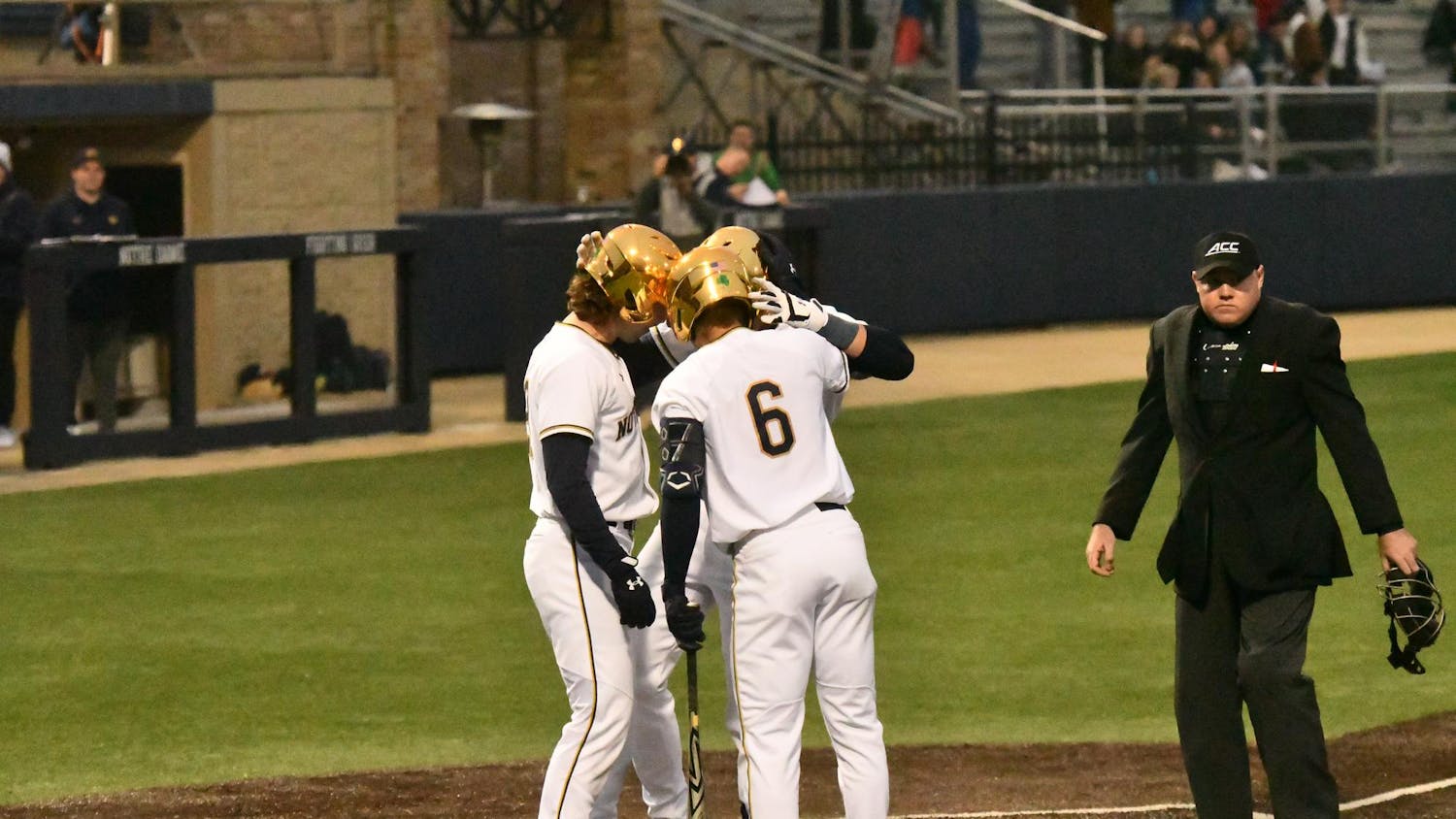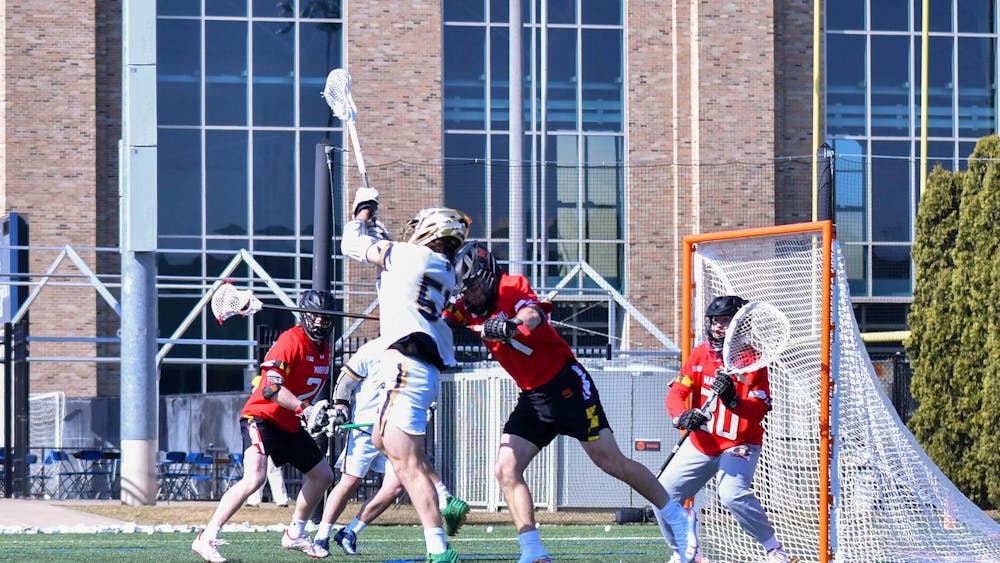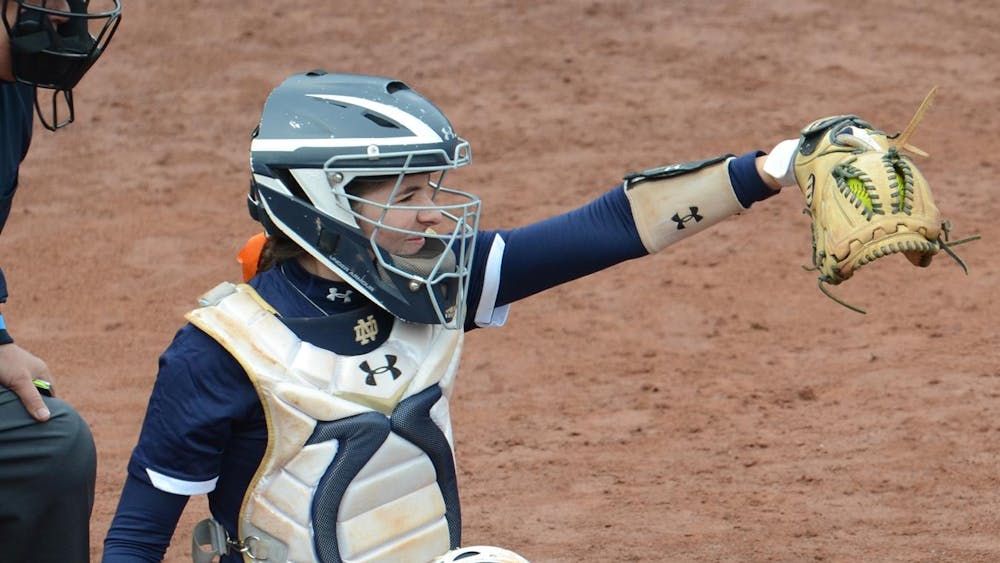Most professional baseball players are poor, by definition. Literally, the vast majority of professional baseball players are paid below the poverty line. To many, that seems like a very strange thing to hear. All we hear about is the glitz and the glam, the Derek Jeter limousines and Tim Lincecum condos. Yet, an overwhelming percentage of professional baseball players are not in the major leagues and are not making much money.
At any level, playing a sport professionally is a year round commitment. Even when the games aren’t being played, athletes must commit their time and energy to rigorous offseason training programs and constant skill development. So, even though a player is paid for their work in the season, it’s a full-time, full-year job.
On average, most players in the minor leagues make somewhere between $3,000-7,500. For comparison, the average fast-food worker makes $15,000-18,000 a year. In other words, most professional baseball players stand firmly below the poverty line, and many are forced to pick up a second job to help pay for their basic needs.
For some, this fosters a reoccurring cycle, where the players in the minor leagues are forced to commit less time to honing their craft to make ends meet. As a result, they cannot improve enough to make it to the major leagues.
I’m not going to sit here and tell you the horrors of life as a minor leaguer. Many others can do a far better job. Over the last few years, more players have stepped up to the plate to tell their story. Full books have been written, and many published articles by players themselves are easy to find. I encourage you to read them.
In general, this idea seems so foreign, so inaccurate to us. That’s because the minimum salary of a major league baseball player checks in at $500,000. Though both minor and major league players are trying to play a game professionally, the wage gap between the two is significant.
Last year, a lawsuit was brought to the table regarding player salaries in the minor leagues. Currently, the case is still in the discovery phase and slated to enter the trial phase in February of 2017. That’s a long way off, but that void leaves time for a lot of eye opening.
Part of the problem is that the “work hours” are often viewed as just game time hours. Yet, if you add up the hours a player commits to the game and the total salary they are paid, minor league baseball players are well below the minimum wage line. Here is where the dispute begins, as MLB argues minimum wage provisions of federal and state wage and hour laws were not intended to apply to professional athletes.
This wasn’t always as huge of a problem as it is today. Since 1976, minor league baseball salaries have increased 75 percent. Though that seems reasonable in a vacuum, in that same period, we’ve experienced an inflation of 400 percent. In short, minor league salaries, proportionally, have plummeted over the years.
In the sporting world of today, the hot button issue is often pay for college athletes. That being said, before the public lens turns to the complex issue of college athletics, maybe we should examine the life of some of the professionals in the system. We should make sure our professional system works before we consider where we draw the line between professional an amateur. Before we build a new system, let’s fix the other half of the one we already have.
Most importantly, we need to break down the schema that all professional baseball players live a lavish lifestyle, recognizing the salary of an Alex Rodriguez stands in stark contrast to the salary of most professional ballplayers. We need to look more closely at an issue that has escaped the public eye for years, an issue that will be coming to a crux in a few short more. Because, whether we’re willing to admit it or not, most professional baseball players are poor.













